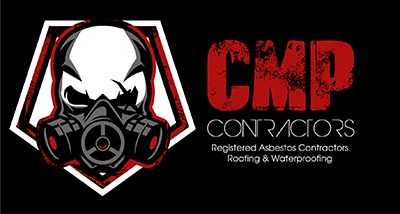In the realm of home maintenance woes, rising damp is a formidable foe that plagues many South African households. From historic residences to modern constructions, the specter of damp walls and musty odors looms large. However, armed with knowledge and proactive measures, homeowners can tackle rising damp head-on and reclaim their abodes from moisture’s grip. This article serves as a comprehensive guide, shedding light on the causes, signs, prevention, and remediation of rising damp in the unique context of the South African market.
Damp occurs when groundwater infiltrates porous building materials such as bricks and mortar, traveling upwards through capillary action. Our diverse climatic regions in South Africa, varying levels of rainfall, soil composition, and construction methods contribute to the prevalence of rising damp. Common culprits include poorly sealed foundations, damaged damp-proof courses, and inadequate ventilation.
Detecting rising damp early is crucial to prevent extensive damage and costly repairs. Telltale signs include damp patches on interior walls, peeling paint or wallpaper, blistering plaster, and the presence of mold or mildew. Musty odors and a feeling of dampness in affected areas further indicate the presence of rising damp.
Preventing rising damp begins with proactive measures during construction and continues through ongoing maintenance. Incorporating effective damp-proofing materials and techniques during building projects, such as installing physical damp-proof courses or using waterproof membranes, can mitigate the risk of rising damp. Regular inspections of foundations, walls, and drainage systems are essential to identify and address potential vulnerabilities promptly. Improving ventilation, ensuring proper drainage away from the structure, and maintaining a consistent indoor temperature also contribute to damp prevention efforts.
For homeowners grappling with existing rising damp issues, remediation strategies offer hope for restoring dry, healthy living spaces. Professional assessment and diagnosis of the extent of damp penetration are crucial first steps. Remedial actions may include installing new damp-proof courses, repairing damaged brickwork, applying waterproof coatings or injections, and improving drainage around the property. Interior treatments such as removing and replacing affected plaster and applying mold-resistant paints help restore aesthetics and prevent future moisture-related problems.
Rising damp may cast a shadow over South African homes, but it need not reign supreme. Armed with knowledge, vigilance, and proactive measures, homeowners can safeguard their properties against the insidious effects of moisture infiltration. By understanding the causes, recognizing the signs, implementing prevention strategies, and undertaking remediation efforts as needed, South African homeowners can reclaim their dwellings from the clutches of rising damp and ensure a dry, comfortable living environment for generations to come.


